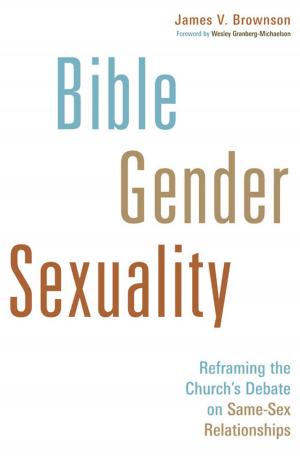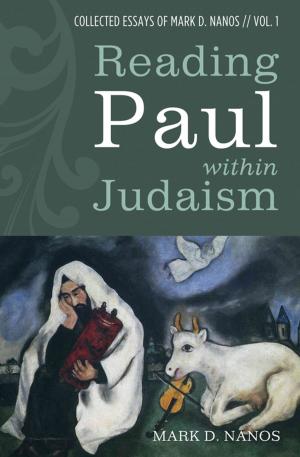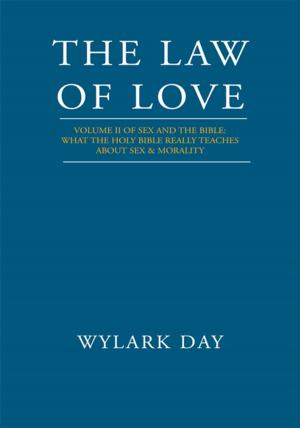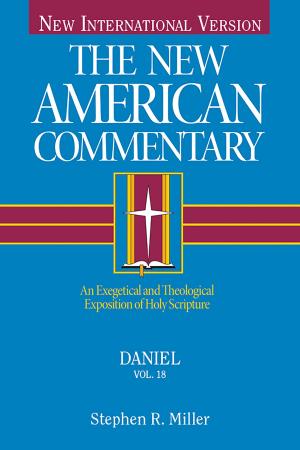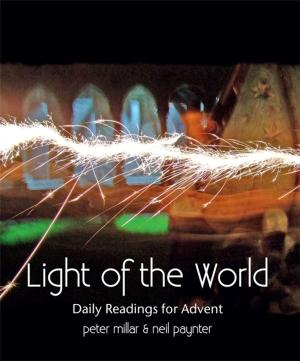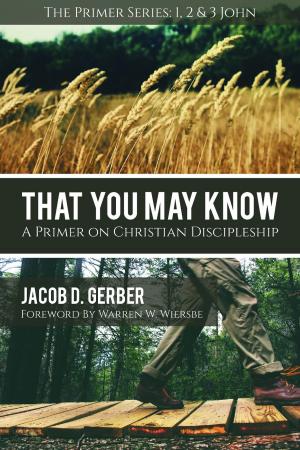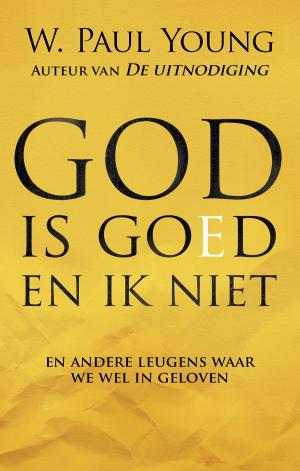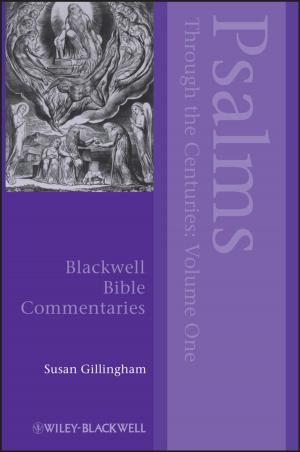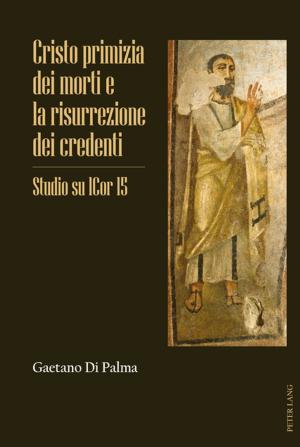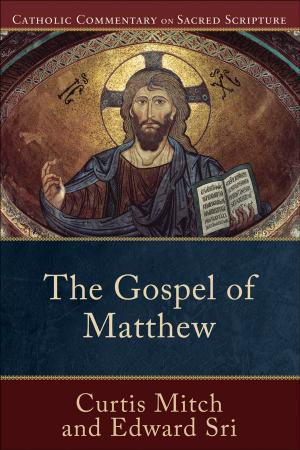Hebrew Chronological Harmony of the Passion Week
Nonfiction, Religion & Spirituality, Bible & Bible Studies| Author: | Andrew Petty | ISBN: | 9781732190924 |
| Publisher: | Andrew Petty | Publication: | March 31, 2018 |
| Imprint: | Smashwords Edition | Language: | English |
| Author: | Andrew Petty |
| ISBN: | 9781732190924 |
| Publisher: | Andrew Petty |
| Publication: | March 31, 2018 |
| Imprint: | Smashwords Edition |
| Language: | English |
Days in the Passion week are identified as Sabbat HaGaDol, Passover, Preparation Day, Weekly Sabbath, and First Day of the Week. Time indicators progress through the week from six days before the Passover, the next day, when evening came, on the morrow, and two days before the Passover and Unleavened Bread.
A framework is constructed based on Jewish Holy days indicating complete harmony between the gospels. Events are then assigned to each day: travel between Jericho to Jerusalem, triumphal entry into Jerusalem, temple cleansed, fig tree withered, Jesus questioned by Jewish sects, Passover meal, crucifixion, First Day of Unleavened bread, royal burial, weekly sabbath, and wave sheaf offering.
Events prior to the Passion week show the custom of Jesus keeping all High holy days after the manner of Jewish traditions. The Last Supper is reviewed as a Seder Passover meal involving four cups. Each cup is attached to either exodus events, prophetic events, redemption, marriage proposal, or the crucifixion.
Gospel author Luke and old Testament prophet Daniel provide historical and prophetic information indicating a three-and-a-half-year ministry of Jesus, commencing in 27 AD, and a fall birth year in 5 BC. Passion and Exodus weeks are correlated giving consistency between new and old testaments. Length of a day is defined using Jesus own words, and burial clothes are discussed to discover the actions of Joseph of Arimathea, Nicodemus, and the women who came to the tomb.
Days in the Passion week are identified as Sabbat HaGaDol, Passover, Preparation Day, Weekly Sabbath, and First Day of the Week. Time indicators progress through the week from six days before the Passover, the next day, when evening came, on the morrow, and two days before the Passover and Unleavened Bread.
A framework is constructed based on Jewish Holy days indicating complete harmony between the gospels. Events are then assigned to each day: travel between Jericho to Jerusalem, triumphal entry into Jerusalem, temple cleansed, fig tree withered, Jesus questioned by Jewish sects, Passover meal, crucifixion, First Day of Unleavened bread, royal burial, weekly sabbath, and wave sheaf offering.
Events prior to the Passion week show the custom of Jesus keeping all High holy days after the manner of Jewish traditions. The Last Supper is reviewed as a Seder Passover meal involving four cups. Each cup is attached to either exodus events, prophetic events, redemption, marriage proposal, or the crucifixion.
Gospel author Luke and old Testament prophet Daniel provide historical and prophetic information indicating a three-and-a-half-year ministry of Jesus, commencing in 27 AD, and a fall birth year in 5 BC. Passion and Exodus weeks are correlated giving consistency between new and old testaments. Length of a day is defined using Jesus own words, and burial clothes are discussed to discover the actions of Joseph of Arimathea, Nicodemus, and the women who came to the tomb.


